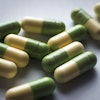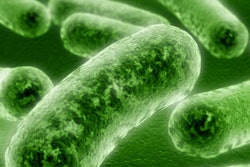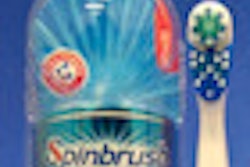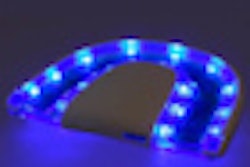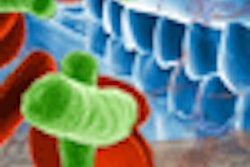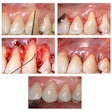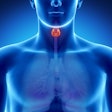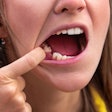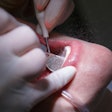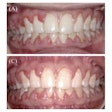
Bacteria in a water line at a dental office in Italy is being blamed for the death of an 82-year-old woman who contracted Legionnaires' disease just days after receiving dental treatment, according to a new case report in Lancet (February 18-24, 2012, Vol. 379:9816, p. 684).
In February 2011, the woman was admitted to the intensive care unit of the G.B. Morgagni-Pierantoni Hospital in Forlì, Italy, with fever and respiratory distress. She was conscious and responsive, but a chest radiograph showed several areas of lung consolidation, according to the report by lead author Maria Luisa Ricci, BD, at the Istituto Superiore di Sanità and colleagues. The patient had no underlying disease.
“Aerosolized water from high-speed turbine instruments was most likely the source of the infection.”
Legionnaires' disease was promptly diagnosed after a Legionella pneumophila urinary antigen test was conducted, and oral antibiotics (ciprofloxacin every 12 hours) were started immediately. But the patient developed rapid and irreversible septic shock and died two days later, according to the report authors. An investigation to find the source of L. pneumophila infection was initiated.
During the two- to 10-day incubation period necessary for incubation of L. pneumophila, the woman had been at home most of the time, leaving only to attend two appointments with a dentist, according to the investigators. Water samples were taken from the tap and the high-speed turbine of the dental unit water lines, as well as from the dental practice's taps and the patient's home (taps and shower) in order to investigate possible L. pneumophila contamination.
All samples from her home were negative on culture, but those from the dental practice were positive for L. pneumophila. Laboratory experiments demonstrated genomic matching between L. pneumophila found in the patient's respiratory secretion and the dental unit water line.
"L. pneumophila is a gram-negative bacterium ubiquitous in natural water environments and found also in man-made water systems," the authors wrote. "It can infect people by inhalation or microaspiration of aerosolized water causing a severe pneumonia known as Legionnaires' disease, mainly affecting elderly and immune-compromised patients, or a flu-like disease, known as Pontiac fever."
Sources of infection have been shown to be primarily air-conditioning systems, hot-water systems, spas, and fountains. Significant contamination of dental unit water lines with Legionella has been widely documented, according to the authors. Studies have also shown a higher prevalence of antibodies to L. pneumophila in the blood of dentists and dental practice staff, suggesting a potential health risk for these workers, they noted; however, before this case, they were aware of no case of Legionnaires' disease that had been associated with this source of infection.
"The case here shows that the disease can be acquired from a dental unit water line during routine dental treatment," the authors wrote. "Aerosolized water from high-speed turbine instruments was most likely the source of the infection. Legionella contamination in dental unit water lines must be minimized to prevent exposure of patients and staff to the bacterium."
They suggest several control measures:
- Use of antistagnation and continuous-circulation water systems
- Use of sterile water instead of the main water supply in the dental unit water line
- Application of discontinuous or continuous disinfecting treatment
- Daily flushing of all outlets and before each dental treatment
- Use of filters upstream of the instruments
- Annual monitoring of the water line
"The main problem of the dental chair units, regardless of the brand, is the implementation of the control measures that must be carried in the dental unit to prevent the occurrence of Legionnaires' disease," Dr. Ricci told DrBicuspid.com. "It is important to reduce the complexity of the network of the units. In addition, it is crucial that devices contain integrated antiretraction valves or devices that prevent backflow or back siphonage of fluids from the oral cavity into the dental unit water line."
Further useful procedures to prevent legionellosis within dental surgeries can be obtained from already available dedicated guidelines, the authors concluded.
